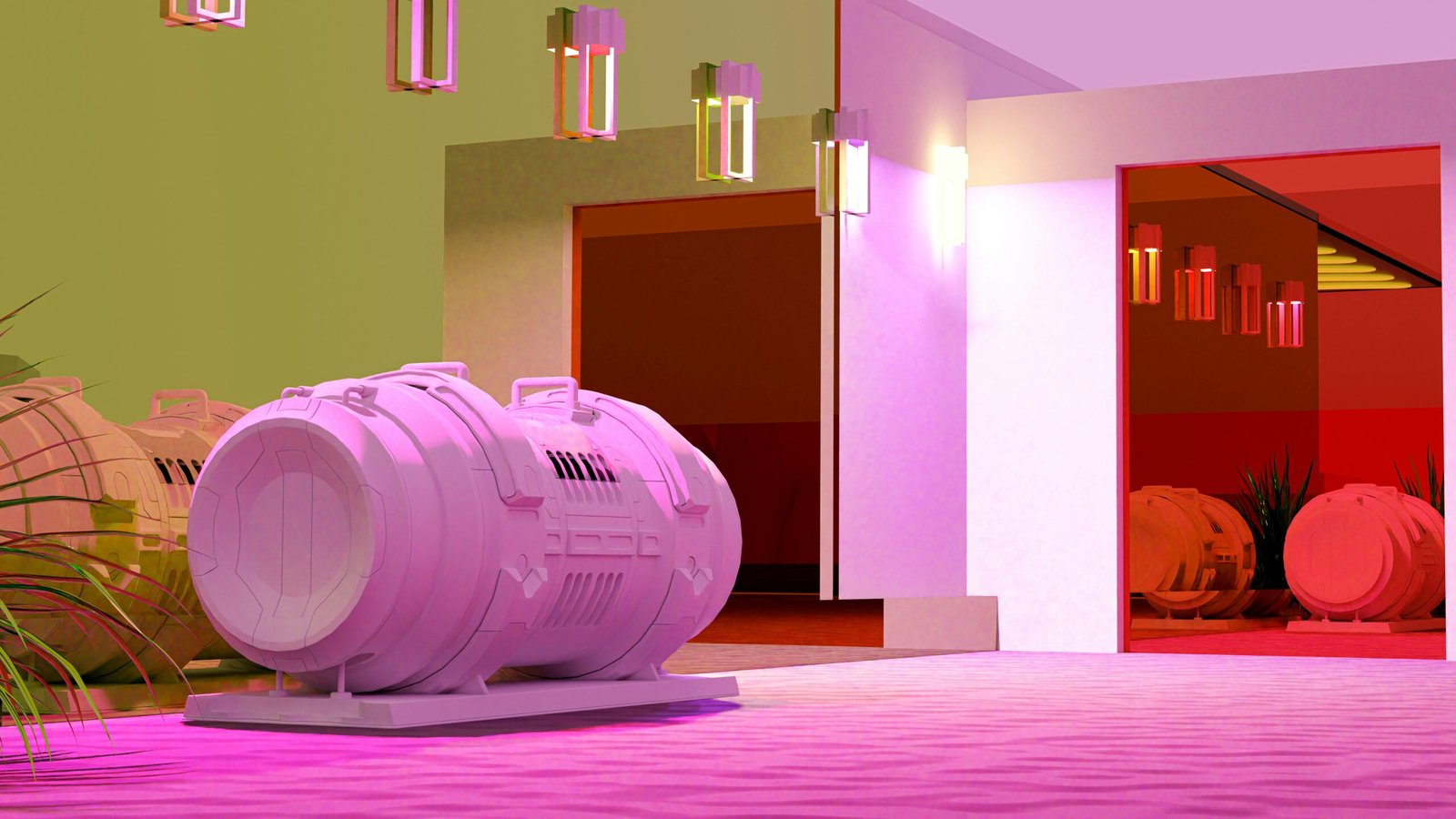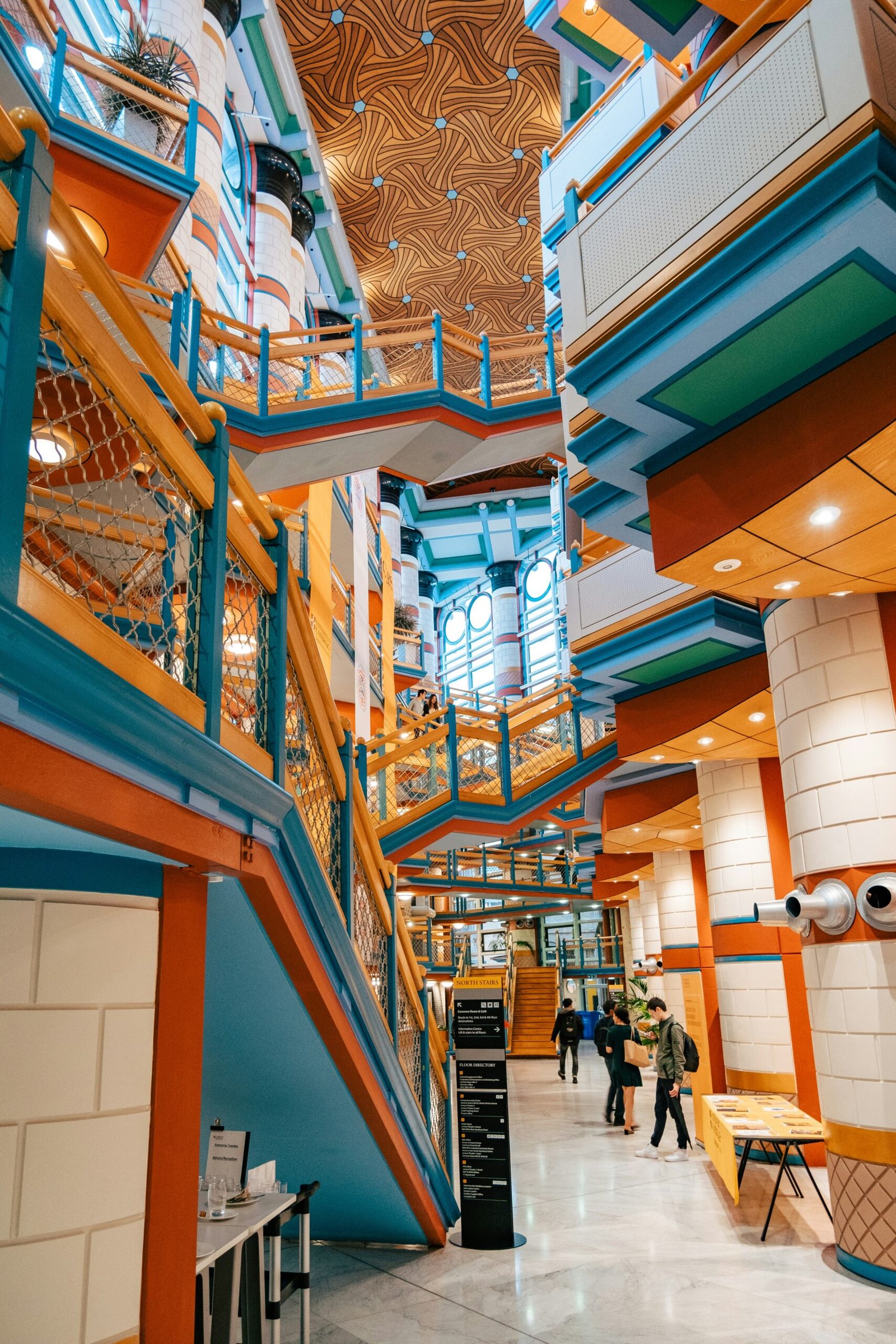Understanding AI in Interior Design
Artificial intelligence (AI) has begun to revolutionize various domains, with interior design being a significant beneficiary of its advanced technologies. At its core, AI involves the development of algorithms that enable machines to simulate human intelligence, demonstrating capabilities such as understanding, reasoning, and learning. In the interior design sector, AI harnesses this potential to analyze vast amounts of data, ultimately enhancing the design process. One key area is machine learning, where algorithms improve their performance based on past interactions and user preferences.
Within interior design, AI technologies are increasingly utilized to gather and interpret data on individual user preferences and lifestyle needs. This analytical approach allows designers to create personalized spaces that resonate with clients. For instance, AI systems can evaluate user interactions with design options, utilizing data analytics to comprehend what styles, colors, or layouts appeal to specific users. As a result, AI can propose designs that not only meet aesthetic criteria but also align with functional requirements, thereby elevating the overall user experience.
Several applications of AI continue to emerge in the realm of interior design. Virtual design assistants represent one of the most notable innovations, enabling users to engage in an interactive dialogue regarding their interests and needs. These tools use natural language processing and machine learning to tailor recommendations based on the user’s input. Similarly, automated design tools can streamline the design process by generating preliminary layouts or selecting suitable furnishings based on predefined criteria. As these technologies advance, they serve to democratize access to personalized design solutions, welcoming a broader audience into the world of interior aesthetics.
The growing integration of AI in interior design reflects a shift towards smarter, user-centered spaces that adapt to personal preferences while maintaining functionality. As these technologies evolve, they promise to further reshape the landscape of interior design, enhancing creativity and efficiency.
The Benefits of AI-Powered Personalization
Artificial Intelligence (AI) is transforming the field of interior design by offering revolutionary personalization opportunities that cater to individual client needs. One of the primary benefits of AI-powered personalization is the enhancement of user experience. By analyzing client preferences, AI algorithms can generate bespoke solutions that align closely with personal tastes. This tailored approach not only elevates satisfaction but also fosters a deeper connection between the client and their designed space.
Time efficiency is another significant advantage of implementing AI in interior design. Traditional design processes often involve extensive consultations and revisions, which can be time-consuming. However, AI streamlines these tasks by providing design suggestions in real time, thereby reducing the time required to finalize a concept. This quick turnaround allows designers to focus more on creativity rather than getting bogged down by administrative tasks.
Improved design accuracy is also a notable perk of AI-powered personalization. AI systems utilize advanced algorithms to predict the visual outcome of designs, ensuring that the final product aligns with the initial vision. This capability minimizes human error and results in more precise implementations of design concepts, ultimately leading to a higher quality outcome.
Furthermore, AI integration can prove to be cost-effective. By reducing the need for extensive physical iterations and minimizing design flaws, AI can lower overall project costs. Effective budgeting allows designers and clients to allocate resources more efficiently, further enhancing the value of personalized design. For instance, some successful AI-driven projects have demonstrated remarkable results, where cost savings were redirected towards high-end materials or additional amenities, enriching the overall design.
Overall, the role of AI in creating personalized interior spaces is not limited to mere aesthetics. It has proven instrumental in enhancing user experiences, saving time, improving accuracy, and providing cost-efficiency, thus illustrating its valuable impact in this dynamic sector.
Challenges and Ethical Considerations
The integration of AI in interior design presents a variety of challenges and ethical considerations that require careful attention. One of the primary concerns revolves around data privacy. As AI systems rely heavily on vast amounts of user data to generate personalized design recommendations, it becomes crucial for designers to ensure that this information is handled with utmost care. Consent protocols must be established, allowing users to understand what data is collected, how it is used, and the duration of its storage. Negligence in this area may lead to a breach of trust and potential legal repercussions.
Another significant issue is algorithmic bias. AI systems can sometimes perpetuate existing biases if they are trained on data lacking diversity or representational accuracy. This can lead to design outputs that favor certain aesthetics or demographics, ultimately marginalizing other voices and preferences. Designers must critically assess the data sets used for training AI models and strive for inclusivity to prevent exacerbating inequalities existing in the design industry.
Moreover, there is an ongoing debate concerning the balance between human creativity and machine efficiency. While AI can enhance productivity by automating certain tasks and providing innovative solutions, it may also risk undermining the unique human elements of creativity that define successful interior design. Designers must navigate this delicate balance by employing AI as a tool that complements their artistic vision rather than replacing it. Emphasizing collaboration between AI technology and human intuition can lead to more nuanced and authentic design outcomes.
Ultimately, addressing these challenges requires a proactive and ethical approach from designers in implementing AI technologies. By fostering transparency, inclusivity, and a commitment to maintaining the human touch, the interior design industry can harness the benefits of AI while upholding its core ethical standards.
The Future of AI in Interior Design
The future of AI in interior design holds immense potential, driven by rapid advancements in technology and evolving consumer preferences. As AI algorithms become increasingly sophisticated, they will play a pivotal role in shaping both the design processes and the experiences of end-users. One promising area is the integration of virtual reality (VR) and augmented reality (AR) into the design workflow. These technologies can create immersive environments, allowing clients to visualize designs before any physical changes are made. As a result, this approach not only enhances client satisfaction but also reduces the time and resources required for revisions.
Furthermore, AI’s ability to analyze user preferences and behaviors can lead to highly personalized design solutions. Algorithms can learn from a variety of data sources—including social media trends, consumer feedback, and previous design projects—to predict what styles, colors, and layouts will resonate most with clients. This capability can streamline the design process, ensuring that the final product aligns closely with individual tastes and lifestyle needs. Additionally, AI can facilitate real-time customization, allowing designers to create multiple iterations of a space, enabling clients to explore various design possibilities without committing to a specific style upfront.
Moreover, the evolution of smart home technology presents an exciting frontier for AI in interior design. As homes become more connected, AI can integrate seamlessly into living spaces, adjusting lighting, temperature, and decor based on user preferences and behaviors. This integration not only enhances comfort but also contributes to sustainable design efforts through energy efficiency. Collectively, these innovations predict a transformative future where AI not only enhances the functionality of spaces but also serves to create uniquely tailored environments, setting new standards in the field of interior design. In conclusion, the potential of AI to revolutionize the way we design and experience interior spaces is profound, positioning it as a cornerstone of future innovation in the industry.









